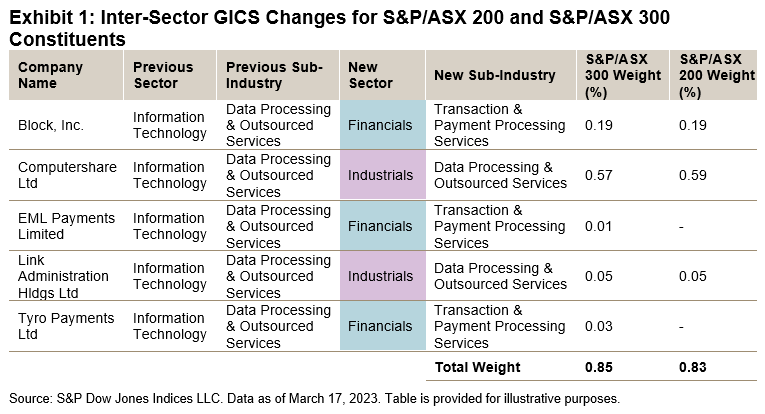The U.S. equity market is by far the largest in the world, representing 57.7% of the global market capitalization, and it is nearly nine times the size of the Japanese equity market (see Exhibit 1). Hence, Japanese investors may wish to consider U.S. equities in order to not overlook a significant portion of the global opportunity set.
The S&P 1500™ is designed to measure the performance of the U.S. equity market and its construction helps it avoid less liquid, low priced and lower quality stocks. The index combines the S&P 500®, S&P MidCap 400® and S&P SmallCap 600® and captures over 90% of the U.S. equity market capitalization. Although smaller U.S. equity segments may seem less relevant to international investors, the breadth and depth of the U.S. equity market means that mid- and small-cap U.S. equities represent a significant portion of the global market and are larger than some regional markets.

The U.S. equity market has distinct sector exposures, so one potential benefit of incorporating U.S. equities is that they can help to alleviate domestic sector biases. For example, Exhibit 2 shows the GICS® sector weights of the Japanese equity market—as represented by the S&P Japan 500—and its relative sector weights versus the S&P 1500. Adding U.S. equities can help redistribute sector weights toward the I.T., Health Care and Energy sectors, while also decreasing the concentration to Industrials, Consumer Discretionary and other sectors.

The historical performance of U.S. equities may offer another potential reason for Japanese investors to consider U.S. equities. Exhibit 3 shows that the U.S. equity indices have outperformed the Japanese equity indices since 1994. The S&P 1500 slightly outperformed the S&P 500 due to its exposure to mid and small caps.

Exhibit 4 depicts the long-term risk/return tradeoff for several hypothetical portfolios combining the S&P Japan 500 and S&P 1500 in JPY. The chart shows that increasing allocation to the S&P 1500 provided better performance than purely local strategies, historically.

From its representation of a significant portion of the global opportunity set, to potential sector diversification benefits and historical performance improvements, U.S. equities may be worth consideration for Japanese market participants.
The posts on this blog are opinions, not advice. Please read our Disclaimers.


















































